Industrial photography is a special branch of photography with a specific purpose. Like general photography, it is not meant for sheer pleasure, entertainment or for cherishing memories. It is formal, professional and serious. It has no relation with the aesthetic dimension. The objects of industrial photography are not nature or beauty. Industrial photography aims at capturing pictures of huge machines, minute parts, on-going processes, experiments, products, equipment, workers, officials, meetings, conferences/seminars and it can be anything related to business organization or institute. If the photography aims at a specific purpose, it must be able to fulfill the purpose in order to be successful. Industrial photography covers promotional, advertising and catalog work.

Aspects of industrial photography:
- Industries thrive on huge and complicated machinery. There are industries that manufacture machines. In order to promote the sales of machines, it is necessary to display minute parts of the machine and explain their functions and working. The appearance of a machine from all angles must be viewed clearly. Each part must be photographed separately. Accurate sizing, angles and distances of taking shots improve the quality of industrial photography.
- Industries often participate in trade fairs and industrial exhibitions. Clients and customers can get an idea about the infrastructure and machinery, the size of a plant through photographs. The photographs in exhibitions are zoomed and displayed so that they are clearly visible. Taking photographs in such a way that the high definition picture quality is retained in spite of zooming is an important aspect of industrial photography.
- In industries, photographs have to be taken in strange situations. Some workshops are tiny and congested. There is no light source for shooting pictures. Big machinery all around can hamper the source of light. Industrial photographers must be ready with all equipment and light arrangement for good picture quality.
- Industrial photography includes capturing an ongoing production process. There may be movement of people around. The machines also may be moving. Photographers cannot disturb the work but are required to shoot photographs in real manufacturing situations. This requires genuine talent and skill.
- Some parts of a clicked photograph need to be highlighted or blurred deliberately. The photographer must fulfil the requirements, adjust brightness and darkness and make the best of technology. Colours and shades are also important.
- Sometimes, there is risk in standing at vantage positions in order to get the right height or angle. The photographer may have to stand up on heights, raise himself on trolleys, and take pictures while suspended in mid-air. He must be prepared for the danger and work very carefully to avoid accidents. Sometimes, one is so carried away by the act of getting a good shot that one does not notice one’s step and may fall or collapse and get hurt.
In short, industrial photography is a challenging task. Taking photographs in companies is quite different from shooting in a well-equipped studio where you can manipulate light, darkness, shades and shadows as you will. There is nothing attractive in the objects that are photographed in industrial photography; hence, the photographer has to make the picture look attractive and nice. He must possess technical knowledge essential for touching up, sizing, cropping and modifying subtle parts of the completed photograph before finalizing it!!!

